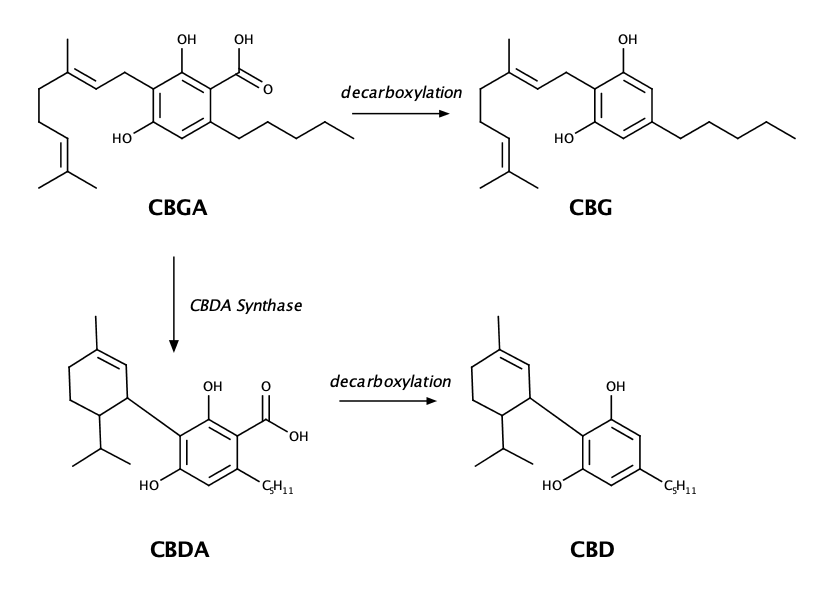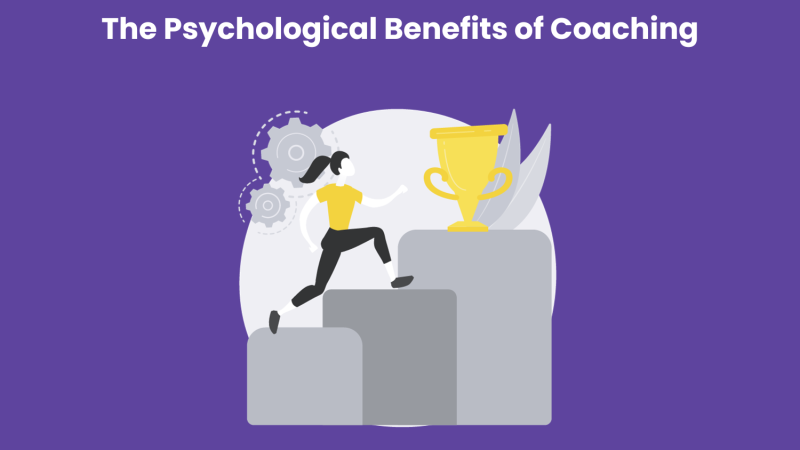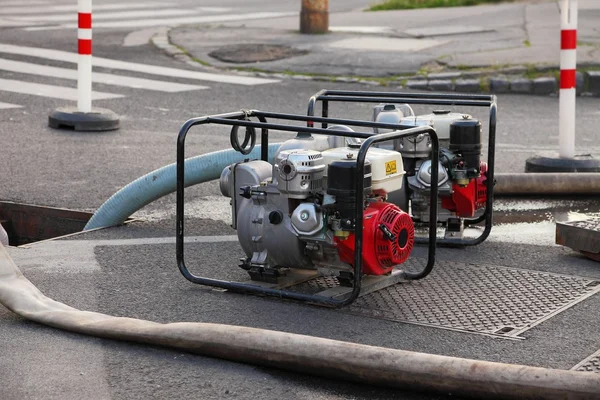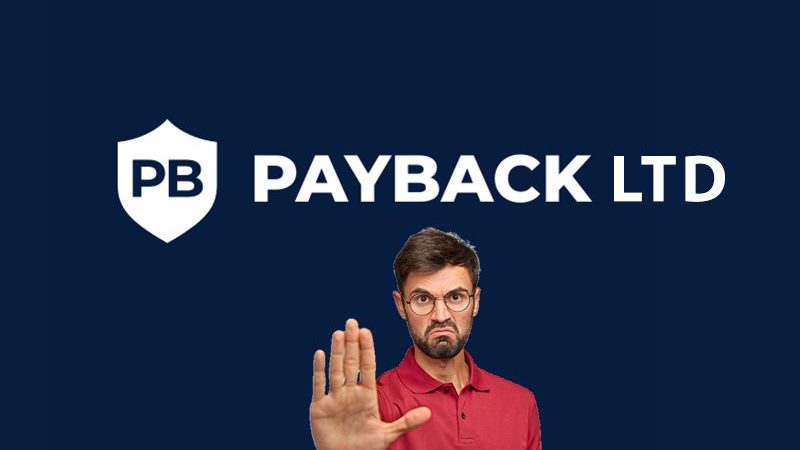What Is CBGA? A Complete Guide to Cannabigerolic Acid

Did you know there are at least 100 cannabinoids a cannabis plant can make?
Cannabinoids have been shown to promote relaxation, reduce inflammation, and more! There are many different types of cannabinoids including tetrahydrocannabinol (THC), cannabidiol (CBD), cannabinol (CBN), and cannabigerol (CBG). They can be found in cannabis and hemp plants, or synthesized artificially.
Have you ever heard of CBGA? If not, don’t worry – that’s what this article is for! Read on to learn how CBG works and why it’s so effective.
What Is CBGA?
CBG, or cannabigerolic acid, is one of many minor cannabinoids produced by the cannabis plant. Major and minor cannabinoids are compounds cannabis produces that interact with a network of receptors in our body, known as the endocannabinoid system.
Each and every one of our cells has a network of receptors that interact with cannabinoids. These special chemicals are made by the plant to help us heal ourselves, and they’re known as phytocannabinoids. The endocannabinoid system is responsible for regulating functions in our bodies including sleep cycles, mood, immune response, and even reproduction.
Cannabis contains a wide variety of cannabinoids that interact with the endocannabinoid system to produce various effects on our bodies. For example, THC produces euphoria, whereas CBD is used to treat anxiety disorders like PTSD.
CBG is a non-psychoactive cannabinoid found in cannabis. It has been shown to be effective at treating conditions such as Crohn’s disease, fibromyalgia, migraines, and more.
Production Process for CBG
How is CBG produced? Cannabis plants make CBGA during the flowering stage of their life cycle. CBG can then be converted into other compounds, one of which is CBG [cannabigerol].
The ratio between CBG and other cannabinoids depends on many factors including light exposure, temperature, water uptake, nutrients used, and more. For now, we’re just looking at CBG and CBG. During the conversion process to CBG, there’s a chance that you lose some of the original cannabinoids. Meaning less CBG is created than CBG, so you’d have even less total cannabinoid production during flowering.
The post-harvest time for cannabis crops is typically spent drying them out, and also trimming off excess leaves (trimming). This is where the plant begins to produce more trichomes and terpenes. So in one way or the other, cannabis plants are always converting one cannabinoid into another!
Effects of Using CBG
Next, let’s look at what it feels like when you use a CBG product. Since CBG is not psychoactive, you can expect a completely clear-headed experience. You may even find yourself relieved from chronic pain symptoms since the body usually holds on to excess cannabinoids and slowly releases them as needed.
CBG and Cardiovascular Disease
Next, CBG may be a potent solution to combat cardiovascular health risks. The cannabinoid has been found to inhibit aldose reductase. Aldose reductase is an enzyme responsible for oxidative stress and heart problems like hypertension or atherosclerosis.
It’s exciting to think of how CBG could help aid in the fight against heart disease. However, more tests are needed before determining if synthetic inhibitors with severe side effects would even have the same effect on humans as they do on animals studies.
CBG vs CBD
Now, let’s now take a look at the similarities and differences between CBG and CBD. If you try CBG and enjoy it, chances are you’ll enjoy CBD as well. Both cannabinoids provide a relaxing experience. You can also find CBD products that are the same as CBG products. For instance, vapes, flowers, oils, and the list goes on.
You can also find Delta 8 products, no matter where you live. If you’re wondering, “what is Delta 8?”, it’s worth your time to check it out. It’s another fun cannabinoid, with a lot of healing potential!
Both cannabinoids are non-psychoactive, meaning they don’t produce any high feelings at all. You could take a dose of CBG right before work, and still be able to function perfectly. You might even do a better job than normal since your ECS will have a helping hand. Say goodbye to stress, and anxiety!
Next, neither CBD nor CBG is habit-forming. Meaning, you can take either cannabinoid, as much as you like, without worrying about becoming dependent. Whenever you want to stop using CBD or CBG, you’ll be able to stop instantly without any negative side effects.
It’s always a good idea to reach out to your doctor before using CBG or CBG for the first time.
Can You Overdose on CBG?
Can you overdose on CBG or CBD? Yes, but not fatally. If you take too much of any cannabinoid, you can expect to feel uncomfortable. Vomiting, nausea, and even irritability can follow a CBG overdose. However, given time to rest, and water to stay hydrated, you should feel normal within a matter of hours.
To avoid experiencing a CBG overdose, take the recommended dosage on the product label. You can even take less than recommended if you’re worried about the effects you’ll feel. If you’re not getting the effects you need after a small dose, wait before taking any more. Instead, give it a day, and then plan on slightly increasing your next scheduled dose.
What CBG Products Are Right for You?
Now you know, CBGA has a unique chemical structure. What’s more, is that it seems to have a lot of potential for providing health benefits! From helping improve cardiovascular health to providing stress relief, it’s exciting to think of the future purposes that will be unveiled.
Start thinking about which CBG product would work best with your lifestyle or needs and start looking for a reputable supplier. Remember, if you don’t want to smoke or vape you can always go with a CBG oil. For more tips, check out more of this site.






